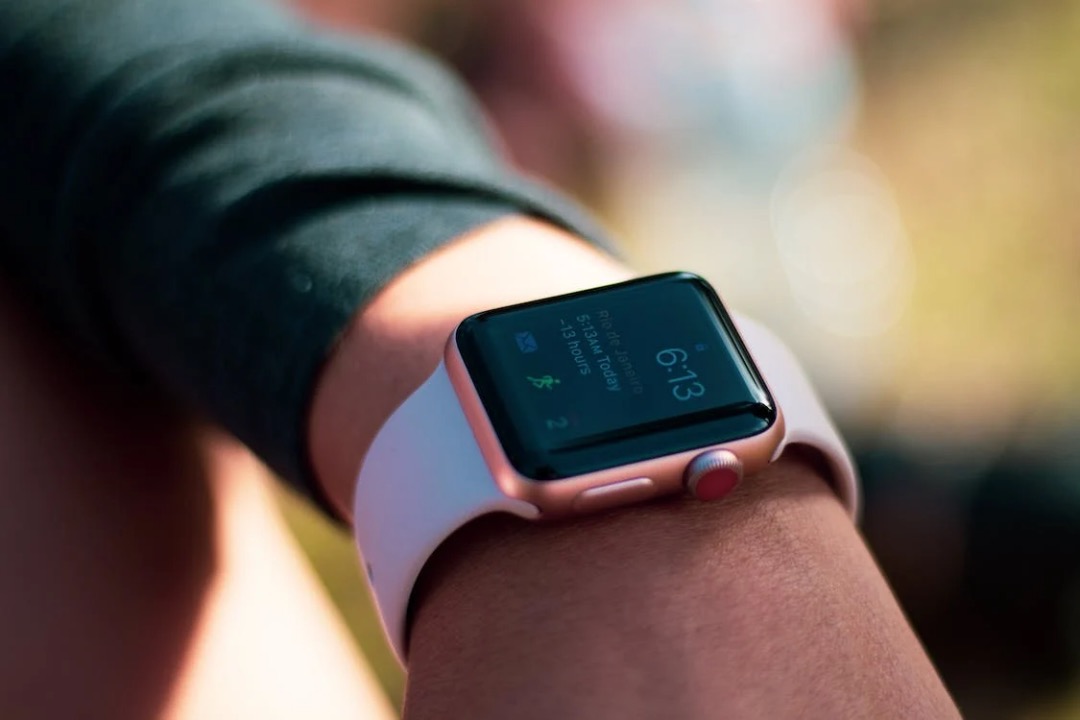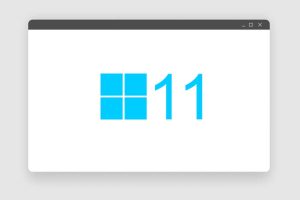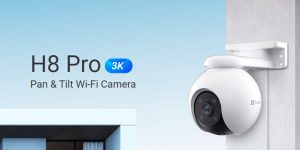
If you’re just starting your journey with fitness trackers or you’re looking to get a more advanced device, you might find yourself grappling with a common question: Should you opt for an Apple Watch or a Fitbit? The decision isn’t easy, especially given that both brands have established themselves as frontrunners in the wearable technology market.
At first glance, you’ll notice that both Apple watch vs Fitbit accuracy trackers have many features focused on health and daily activity monitoring. But while they do share a lot of functionalities, they aren’t identical. Let’s dive deeper into the distinguishing factors: performance, design aesthetics, and of course, the price tag.
| Fitbit | Apple Watch | |
|
Features |
● Continuous heart rate monitoring. ● Sleep tracking with stages and Sleep Score. ● Menstrual health tracking for women. ● Multi-exercise modes with SmartTrack. ● Notifications, music storage and playback, and guided breathing sessions. |
● Notification management (calls, texts, alarms, timers). ● Access to a vast App Store. ● Siri voice assistant. ● Various health and fitness tracking capabilities. ● Safety features like Emergency SOS, fall detection, and more.
|
|
Pros |
● Extended battery life, often lasting 5-10 days.
● Wide range of models catering to different needs and budgets. ● Robust health and fitness tracking, especially detailed sleep data. ● Generally more affordable compared to Apple Watches. ● Compatibility with both iOS and Android platforms.
|
● Seamless integration with iPhones.
● Expansive app ecosystem enhancing customization and utility. ● Comprehensive safety tools, including crash and fall detection on certain models. ● Built-in, highly accurate GPS across all models. ● Option for cellular connectivity, allowing phone-free use.
|
|
Cons |
● Fewer smart features compared to the Apple Watch.
● GPS not available on all models. ● Limited app ecosystem in comparison to Apple’s offerings. ● Some features, like detailed sleep tracking, require a premium membership. ● Integrated smart assistant not as advanced as Siri.
|
● Generally shorter battery life, lasting around 18-36 hours.
● Pricier compared to many Fitbit models. ● Some users find certain models bulky or less comfortable. ● Might activate unintended features during intense workouts (e.g., emergency mode). ● Limited compatibility – works best with iPhones. |
What Current Models Are Available for Fitbit vs Apple Watch?
Fitbit
Fitbit Sense 2: Priced at $299.95, this model is one of Fitbit’s more advanced offerings among all comparisons of Apple watch vs Fitbit sense.
Google Pixel Watch 4G LTE + Bluetooth/Wi-Fi: This one comes at a price of $399.99.
Google Pixel Watch Bluetooth/Wi-Fi: A slightly cheaper version at $349.99.
Fitbit Versa 4: This is priced at $199.95.
Fitbit Versa 2: Compared to Fitbit Versa vs Apple Watch,Versa 2 is an older model but still popular at $149.95.
Fitbit Charge 5: Also available for $149.95.
Fitbit Luxe: A luxury model at a friendly price of $129.95.
Gorjana for Fitbit Luxe Special Edition: A special edition priced at $199.95.
Fitbit Inspire 3: For those on a budget, this comes at $99.95.
Fitbit Ace 3: Targeted at kids, priced at $79.95.
 Apple
Apple
Apple Watch Ultra: With a case size of 49 millimeters, the Ultra is Apple’s priciest offering. Tailored for adventure athletes, it provides an array of band choices: the Alpine Loop (perfect for outdoor escapades), the Trail Loop (made for endurance athletes), and the Ocean Band (ideal for water sport enthusiasts and recreational divers). What stands out the most is its battery life, boasting up to 36 hours with regular use and stretching up to 60 hours in low power mode. The starting price for the Apple Watch Ultra is $799.
Apple Watch Series 8: Available in two case sizes – 45 and 41 millimeters. Between Fitbit sense 2 vs Apple watch 8, the Series 8 provides a plethora of color and material options, which means varied pricing. However, the starting price for the base 41 mm model is $399.
Apple Watch SE: A simpler and more affordable version reminiscent of the Series 6 design. Available in two sizes, either 44 or 40 millimeters, it is water-resistant up to 50 meters and is swim-proof. You can get the Apple Watch SE starting from $249.
Read More: Iganony Review: Best Anonymously Viewing Instagram 2023
Which is Better for Tracking Workouts?
![]() Over the years, Fitbit has made its name in step and overall fitness tracking, boasting a wide array of trackers and smartwatches. The key tracking metrics include
Over the years, Fitbit has made its name in step and overall fitness tracking, boasting a wide array of trackers and smartwatches. The key tracking metrics include
Activity Insights: Tracks exercise duration, steps or miles walked, and floors ascended.
Caloric Analytics: Monitors calories burned by merging your basal metabolic rate (calories you burn at rest) with activity data. Devices equipped with heart rate sensors refine this estimate even further.
Weight Management: Allows users to set and track weight-loss goals. As you progress, the Fitbit app rewards you with “badges”.
Premium Health Metrics: With a premium subscription, you get insights into heart rate, breathing rate, skin temperature, and oxygen saturation.
Sleep Analysis: The premium version stands out with its detailed sleep analytics, shedding light on sleep duration, deep sleep periods, restlessness, heart rate during sleep, and even snoring levels. This in-depth data is invaluable for those seeking to enhance their sleep quality.
The Apple Watch uses a trio of digital rings to encourage users to meet their daily fitness objectives. Each ring corresponds to a specific activity metric, with the overarching goal to “close your rings” daily.
Move Ring: Represents active calories burned and is tailored according to personal factors such as age, weight, and activity level.
Exercise Ring: Chronicles daily physical activities, from steps walked to laps swum. It’s set to capture 30 minutes of exercise daily by default but is customizable. Additionally, the watch’s smart tracking initiates an exercise log whenever it detects a heightened heart rate.
Stand Ring: A reminder to avoid prolonged inactivity by standing for a minute every hour.
Both devices provide plenty of workout features, again the choice between Fitbit vs Apple watch comes to individual preferences and goals you can from your workout. If we talk about having more features, then Fitbit is the better option. However, if it’s about being persistent in motivating individuals to complete their fitness goals, Apple is a better option.
Which One Has More Features?
 With each Apple Watch, users can manage notifications effortlessly, setting alarms and timers either through touch or voice commands. Moreover, the watch serves as an extension of one’s phone, facilitating phone calls, music streaming, and texting directly from the wrist. A distinguishing feature is its vast app ecosystem; the Apple app store offers applications, allowing individuals to set their watch experience to their preferences, whether for work or leisure. Siri, Apple’s voice assistant, further elevates the user experience, offering instant information and executing commands effortlessly.
With each Apple Watch, users can manage notifications effortlessly, setting alarms and timers either through touch or voice commands. Moreover, the watch serves as an extension of one’s phone, facilitating phone calls, music streaming, and texting directly from the wrist. A distinguishing feature is its vast app ecosystem; the Apple app store offers applications, allowing individuals to set their watch experience to their preferences, whether for work or leisure. Siri, Apple’s voice assistant, further elevates the user experience, offering instant information and executing commands effortlessly.
The Apple Watch Ultra is equipped with safety tools, including a built-in compass for direction, a loud siren for emergencies, and an intuitive crash and fall detection system. This model holds special allure for aqua enthusiasts — the watch features an automatic depth gauge that activates upon immersion, and for those keen on details, it also provides real-time water temperature readings. For those with a penchant for outdoor activities like running, hiking, or cycling, the precision GPS tracking in all Apple Watch models is a boon, ensuring their routes are mapped.
Fitbit has become more than just a wearable for many; it’s an integral part of their fitness journey. Over time, it’s evolved from a simple tracker to a multifaceted smartwatch, meeting various needs. Central to Fitbit’s offerings is its commitment to holistic health. From continuous heart rate monitoring to detailed sleep analysis and menstrual health tracking, it provides insights that extend beyond mere physical activity. On the fitness front, Fitbit supports numerous exercise modes, from running to yoga, and sends users reminders to stay active. Plus, selected models feature built-in GPS, ideal for outdoor enthusiasts.
Yet, Fitbit is also a modern smartwatch. It keeps users connected with notifications, has its app store, and even provides music storage and streaming on some models. Additional wellness features, such as guided breathing sessions, underscore its dedication to overall wellbeing. Notably, while GPS is a highlight, it’s exclusive to specific models like the Charge 5, Sense 2, and Versa 4.
Between Apple watch vs Fitbit, the latter often takes the lead in design versatility and comfort, offering a range of styles for different users. While Fitbit’s Sense 2 and Versa 4 echo Apple Watch designs, their slender activity bands stand out for workout ease. One tester praised the Fitbit Charge 5’s unobtrusive feel during intense Crossfit sessions, unlike the Apple Watch, which sometimes disrupted his workouts. Although Apple’s Series 7 and 8 offer sleekness, they don’t quite match Fitbit’s streamlined designs. Despite preferences for Fitbit’s standard bands, both brands offer the plus of interchangeable bands for a personalized touch.
Read More: Review of the 13-inch Apple M1 MacBook Pro
Which Has Better Battery Life?
Fitbits consistently outperform Apple Watches in battery longevity between Apple watch vs Fitbit. On average, a Fitbit can power through 5-10 days without a recharge, with standout models like the Charge 5 running for a week and the Inspire 3 pushing to 10 days. Apple Watches, on the other hand, manage about 18 hours, stretching to 36 hours with Low Power Mode. Despite their differing battery lives, both brands recharge fully in approximately 2 hours. It’s worth noting that activating GPS takes a toll, cutting battery life to 10 hours on Fitbit and a mere 5 hours on Apple Watch.
Conclusion
When deciding between Fitbit vs Apple watch for fitness, it boils down to individual preferences, objectives, and budget constraints. Fitbit provides a broader spectrum of products in both pricing and functionality, offering a chance for users to find a gadget that feels custom-made. Not to mention, they edge out in battery performance, have comprehensive health metrics (especially in sleep tracking), and generally come at a more wallet-friendly price than their Apple counterparts. Plus, with compatibility spanning both Apple and Android, Fitbit shines for Android users.
On the flip side, iPhone users might be attracted towards the Apple Watch. Its integration with the iPhone is impeccable, offering immediate access to apps, music, messaging, and calls, all from the wrist. The cellular connectivity option means you can even leave your phone behind. For those who appreciate a versatile smartwatch that balances entertainment with efficiency, the Apple Watch might just hit the mark.






